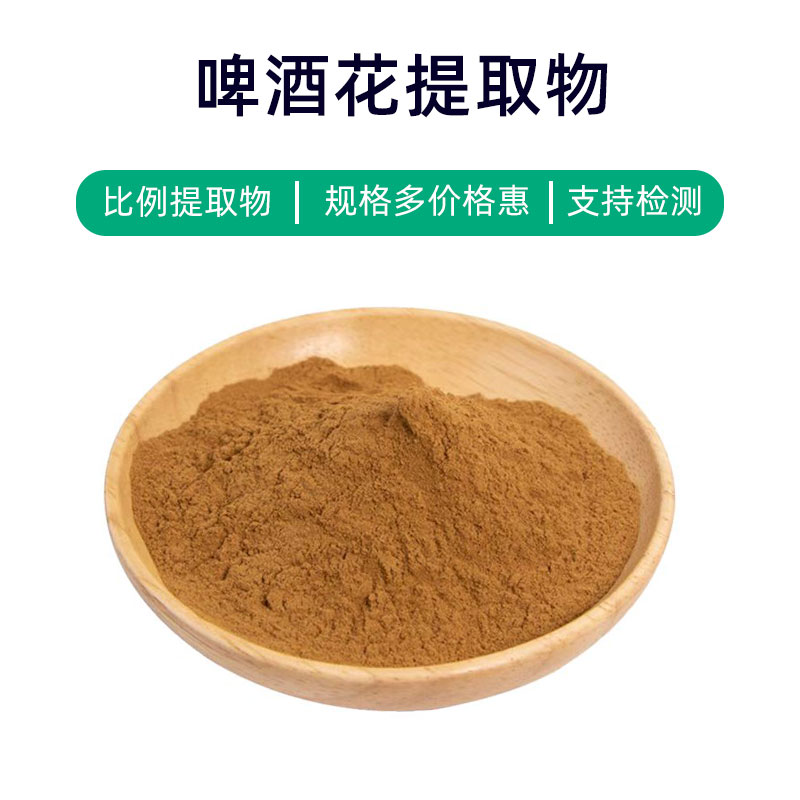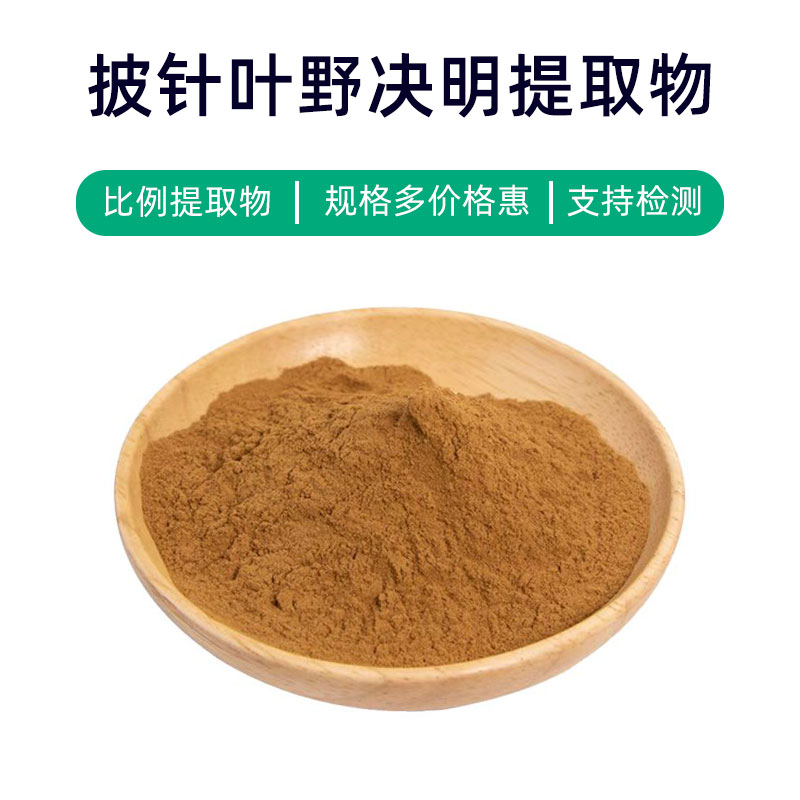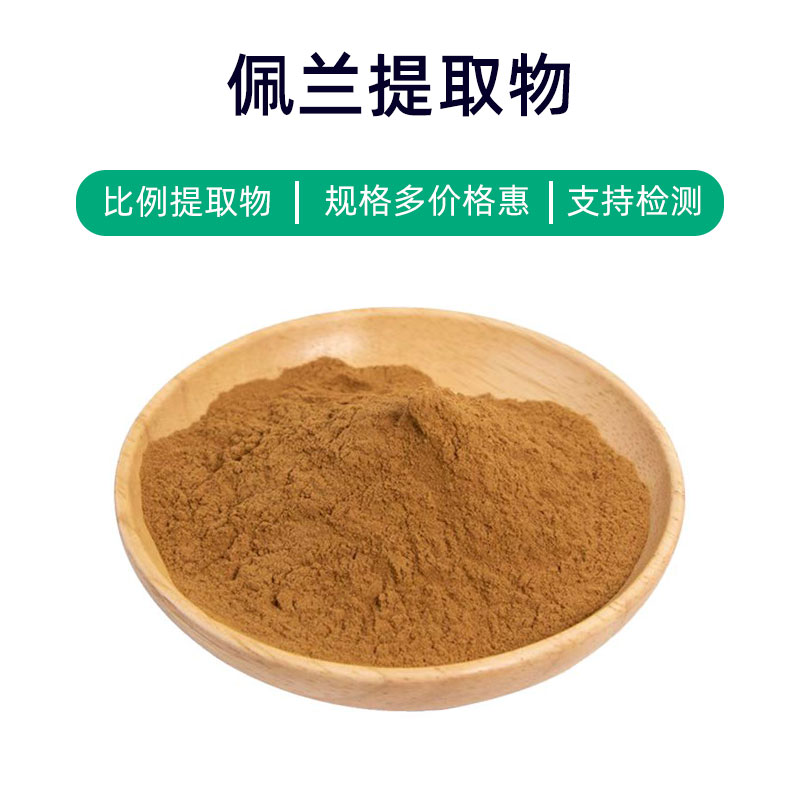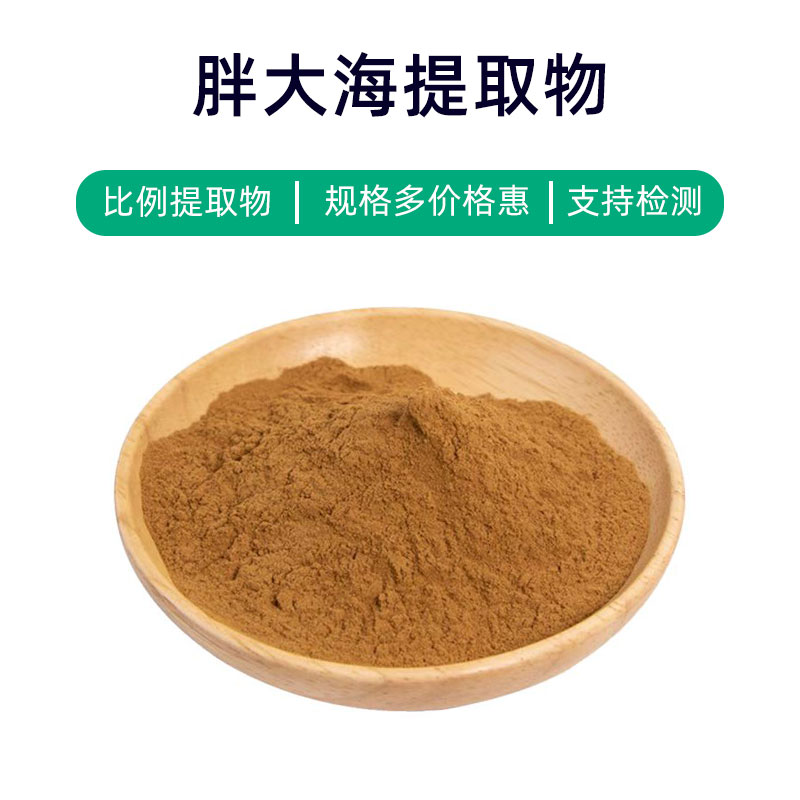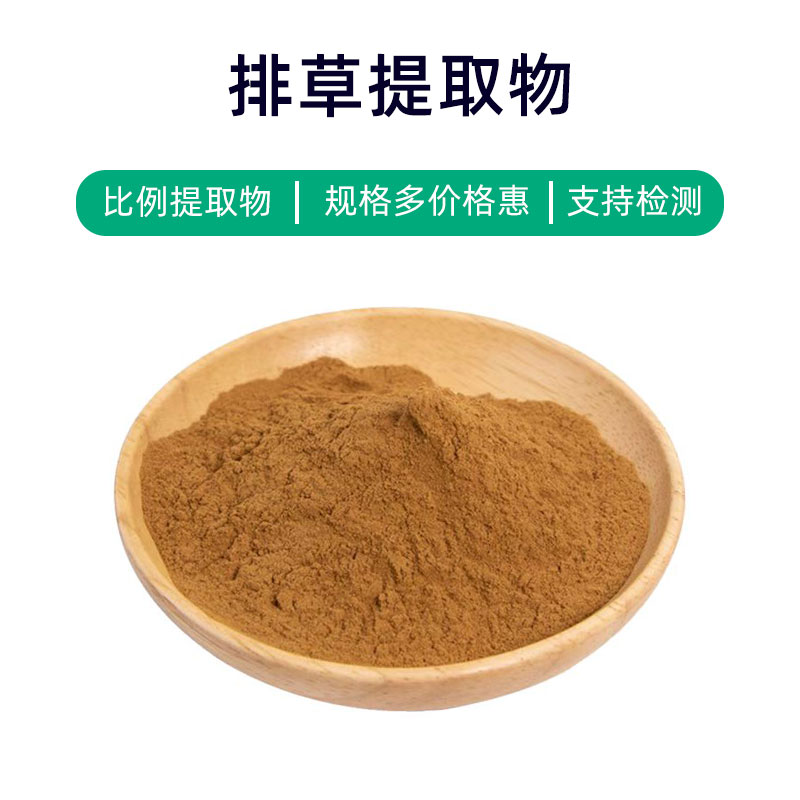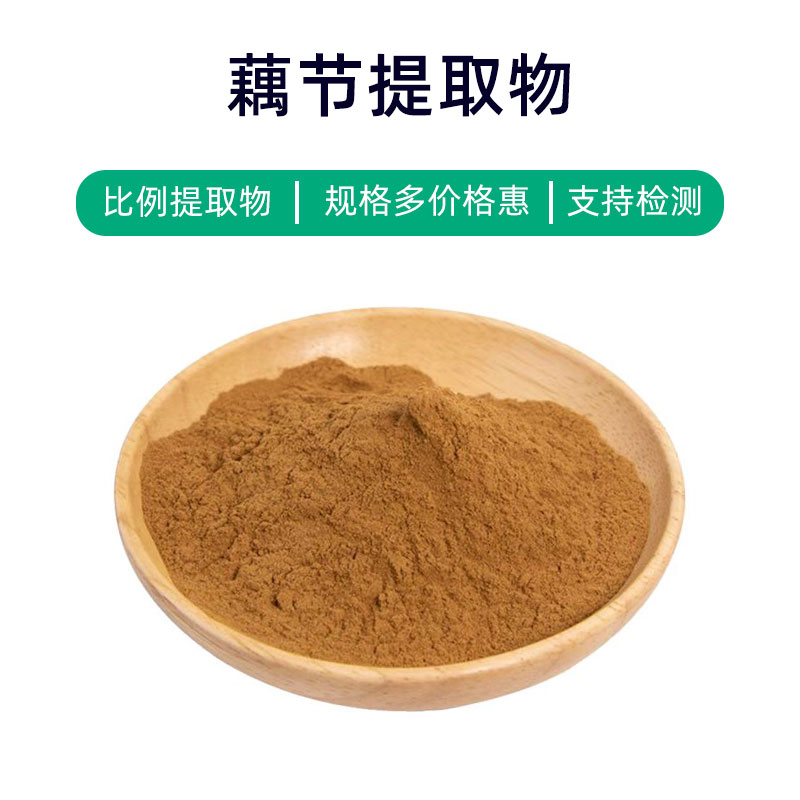Introduction to Sophora Flower Extract
Sophora Flower Extract is a natural plant extract obtained from the flowers of Sophora japonica L., primarily consisting of flavonoids, essential oils, and flavonoid glycosides. These components give the extract various benefits and wide applications.
Firstly, Sophora Flower Extract is rich in flavonoids, such as sophorin and anthocyanins, which have antioxidant and anti-inflammatory properties. They help protect cells from damage by free radicals, reduce inflammatory responses, and enhance the immune system. These effects make the extract widely used in the pharmaceutical field to improve the circulatory system, clear heat and detoxify, and assist in treating inflammatory diseases.
Secondly, the extract can also be used in the food sector. Its natural flavonoids offer a natural choice for food flavoring agents, enhancing the taste and nutritional value of food while serving as a health supplement that regulates blood lipids and has anti-aging effects.
Additionally, Sophora Flower Extract has significant applications in cosmetics. Its antioxidant and anti-inflammatory effects can help reduce skin damage in skincare and beauty products, slow down skin aging, and improve skin texture, making skin healthier and more youthful.
In summary, as a natural plant extract, Sophora Flower Extract possesses various benefits such as antioxidant and anti-inflammatory properties, showing broad application prospects in pharmaceutical, food, and cosmetic fields.
Production Process of Sophora Flower Extract
The production process of Sophora Flower Extract typically includes the following steps:
- Raw Material Collection and Screening: First, select high-quality Sophora flowers as raw materials. After collection, they need to be screened to remove impurities and undesirable flowers to ensure quality.
- Crushing: The selected Sophora flowers are crushed to enhance extraction efficiency and surface area.
- Extraction: Appropriate extraction methods, such as water extraction, ethanol extraction, or supercritical fluid extraction, are used to mix the crushed Sophora flowers with solvents and carry out the extraction process. Conditions like temperature, time, and pressure should be controlled based on actual situations.
- Filtration and Concentration: The extract is filtered to remove solid residues and impurities, followed by evaporation to concentrate the solution, resulting in a concentrated Sophora Flower Extract.
- Refinement: The concentrated solution undergoes further purification processes, such as crystallization, precipitation, and freeze separation, to enhance product purity and active ingredient content.
- Drying: The refined Sophora Flower Extract is dried to reduce moisture content, increasing stability and shelf life.
- Packaging: Finally, the dried Sophora Flower Extract is packaged, usually in sealed containers, to prevent exposure to oxygen, light, and moisture, thus maintaining product quality and stability.
These are the general production processes for Sophora Flower Extract, with each step requiring strict control over operational conditions and quality standards to ensure the final product's quality and safety.
Benefits and Side Effects of Sophora Flower Extract
Sophora Flower Extract, as a natural plant extract, has extensive applications in medicine and health care. Its main benefits and effects include:
- Antibacterial and Anti-inflammatory: The extract contains various active compounds with strong antibacterial and anti-inflammatory properties, beneficial for treating skin inflammation and infections, alleviating redness and itching.
- Antioxidant: It is rich in natural antioxidants like flavonoids and polyphenols, which help eliminate free radicals, slow aging, and protect cells from oxidative damage.
- Anti-inflammatory Pain Relief: The extract can inhibit the occurrence and development of inflammatory responses, reducing pain and discomfort, making it suitable for treating arthritis and muscle pain.
- Improving Skin Issues: Sophora Flower Extract has astringent properties that can shrink pores, balance oil secretion, and improve oily skin and acne, resulting in fresher and smoother skin.
- Suppressing Allergic Reactions: The active compounds in the extract can inhibit allergy reactions, providing certain anti-allergic effects, making it suitable for adjunct treatment of allergic diseases.
- Liver Protection: It contains components that protect the liver and promote the regeneration of liver cells, improving liver function and aiding in the prevention and treatment of liver diseases.
- Blood Sugar Regulation: Some studies suggest that the extract has a blood sugar-lowering effect, promoting insulin secretion and improving blood sugar metabolism, helping control diabetes progression.
- Boosting Immunity: The active components can modulate the immune system, enhancing overall immune functions and preventing infections and diseases.
Generally, Sophora Flower Extract is considered a natural product with minimal side effects. However, some individuals may experience allergic reactions, such as skin itching and redness. It is advised to conduct a skin sensitivity test before use to avoid allergic reactions. Additionally, prolonged or excessive use may lead to adverse effects like indigestion, so it’s important to follow medical advice or product instructions regarding dosage and frequency.
Application Scenarios and Dosage Guidelines for Sophora Flower Extract
As a natural plant extract, Sophora Flower Extract is widely used in the pharmaceutical, food, and cosmetic industries. Here, we highlight its application scenarios, methods, and dosages:
- Pharmaceutical Applications:
- Topical Preparations: It can be used to prepare various ointments, patches, and washes for treating skin inflammation, eczema, burns, etc. The typical method is to apply an appropriate amount to the affected area 1-2 times a day as directed.
- Oral Preparations: The extract can also be formulated into oral liquids or capsules for immune modulation and improving liver function. Typical dosages are 5-10 ml taken orally, 2-3 times a day, before or after meals.
- Food Applications:
- Additives: It serves as a food additive in beverages, pastries, and health products, providing antioxidant and preservative functions. The typical usage rate is 0.1%-0.5% of the total food weight.
- Nutritional Supplements: It can be used as an ingredient in health supplements, made into oral liquids or granules to enhance immunity and regulate blood sugar. It is advised to follow product instructions for usage, generally 1-2 times a day, 5-10 ml each time.
- Cosmetic Applications:
- Skincare Products: The extract can be included in creams, lotions, and masks, offering soothing, anti-inflammatory, and antioxidant effects conducive to addressing skin issues. The application method involves applying an appropriate amount to clean facial skin and gently massaging it until absorbed, once in the morning and once at night.
- Hair and Body Care Products: It can also be used in shampoos and body washes, aiding in cleansing hair and skin and reducing dandruff and itching. The method involves applying an appropriate amount to damp hair or skin, lathering, and rinsing thoroughly with clean water.
In summary, Sophora Flower Extract can be used in pharmaceutical applications for both topical and oral preparations, with dosage based on medical advice or product instructions; as food additives or health supplements, using amounts consistent with regulatory standards; and in cosmetics for skincare and cleansing products, following the product guidelines to ensure proper use and avoid excess.
Description of the Source Plant: Origin, Distribution, and Growth Conditions
The plant source of Sophora Flower Extract is the Sophora tree, a member of the legume family, found mainly in temperate and subtropical regions. Below is a detailed overview of the Sophora tree’s characteristics, distribution, and growth conditions.
- Plant Characteristics:
- The Sophora tree (scientific name: Robinia pseudoacacia) is a deciduous tree with a straight trunk and deep gray, irregularly furrowed bark.
- Its leaves are pinnate with even-numbered leaflets, oval and elongated in shape, serrated along the edges, and dark green in color.
- The flowers are white or light purple, clustered in racemes with a strong fragrance, blooming in spring.
- The fruit is a pod containing oval-shaped, black seeds.
- Distribution:
- Originally native to the eastern parts of North America, the Sophora tree has been introduced to Europe and Asia, becoming a common species worldwide.
- In China, it is widely distributed across northeastern, northern, central, and southwestern regions, particularly seeing extensive artificial cultivation in provinces like Hebei, Shanxi, and Shaanxi.
- Growth Conditions:
- Soil Preference: The Sophora tree thrives in well-drained, fertile sandy loam or loam soils.
- Climate Preference: It is adaptable to various climates, tolerant of cold and drought, but less suited to moist environments, preferring warm, humid subtropical and temperate climates.
- Light Requirements: A sun-loving plant that requires ample light for optimal growth.
Overall, the Sophora tree is a widely distributed species globally, with accommodating growth conditions, capable of adapting to various soil and climate types, making it prevalent across continents. In China, it also represents an important economic tree species with significant ecological and economic value.
Processing and Storage of Sophora Flower Extract
The processing of Sophora Flower Extract generally includes the following steps: First, the flowers are harvested, selecting fresh, pest-free blossoms; then, they are washed and dried to remove impurities; next, extraction takes place using suitable methods (like water or alcohol extraction) to obtain effective components from the flowers; finally, the extract is filtered, concentrated, and dried to create the final Sophora Flower Extract.
For storage, the following points are crucial: First, store in a dry, cool, and ventilated environment, avoiding direct sunlight; second, ensure it is sealed to prevent moisture and dust contamination; additionally, avoid contact with toxic substances to maintain quality; lastly, regularly check the extract for any changes to ensure stable quality.
Monica Sun is a seasoned expert in the plant extraction industry with over a decade of experience in research and production. She specializes in the extraction and purification of plant active ingredients, focusing on driving innovation in natural product applications. Monica has participated in the development of multiple functional plant extracts, delivering high-value natural raw material solutions for the health food, pharmaceutical, and dietary supplement sectors.









